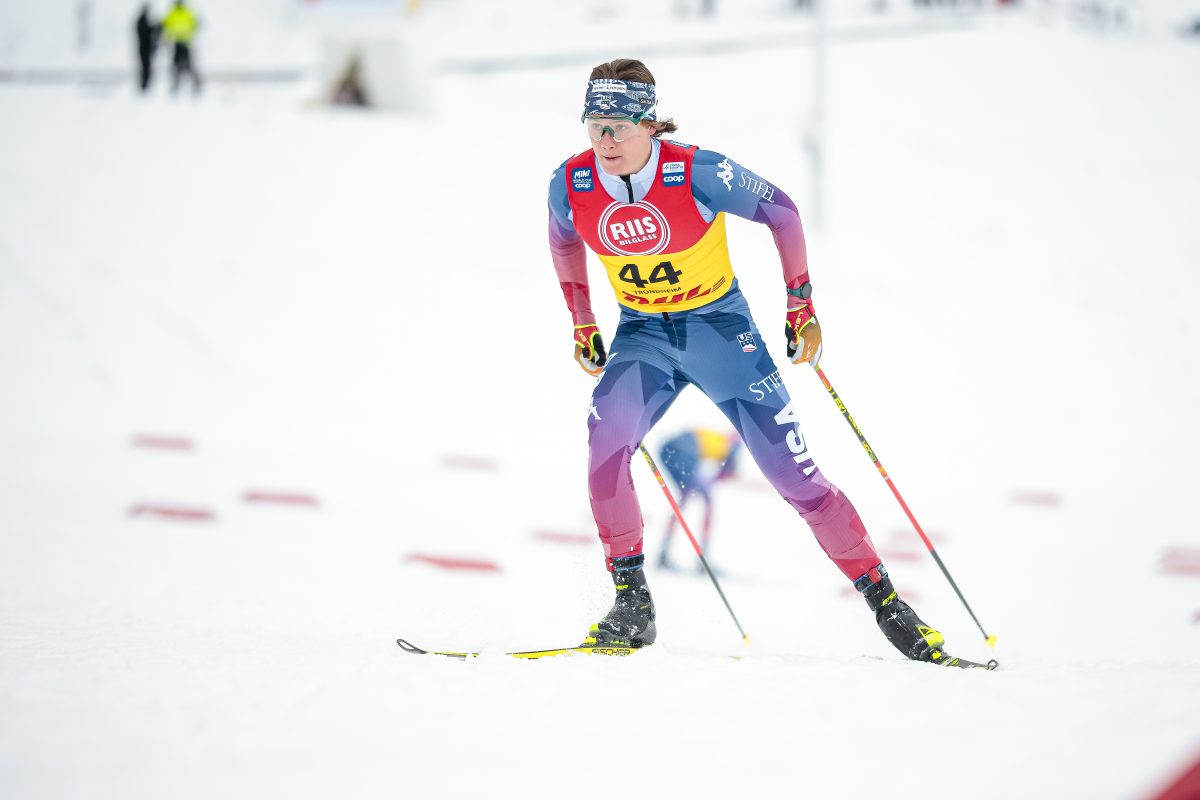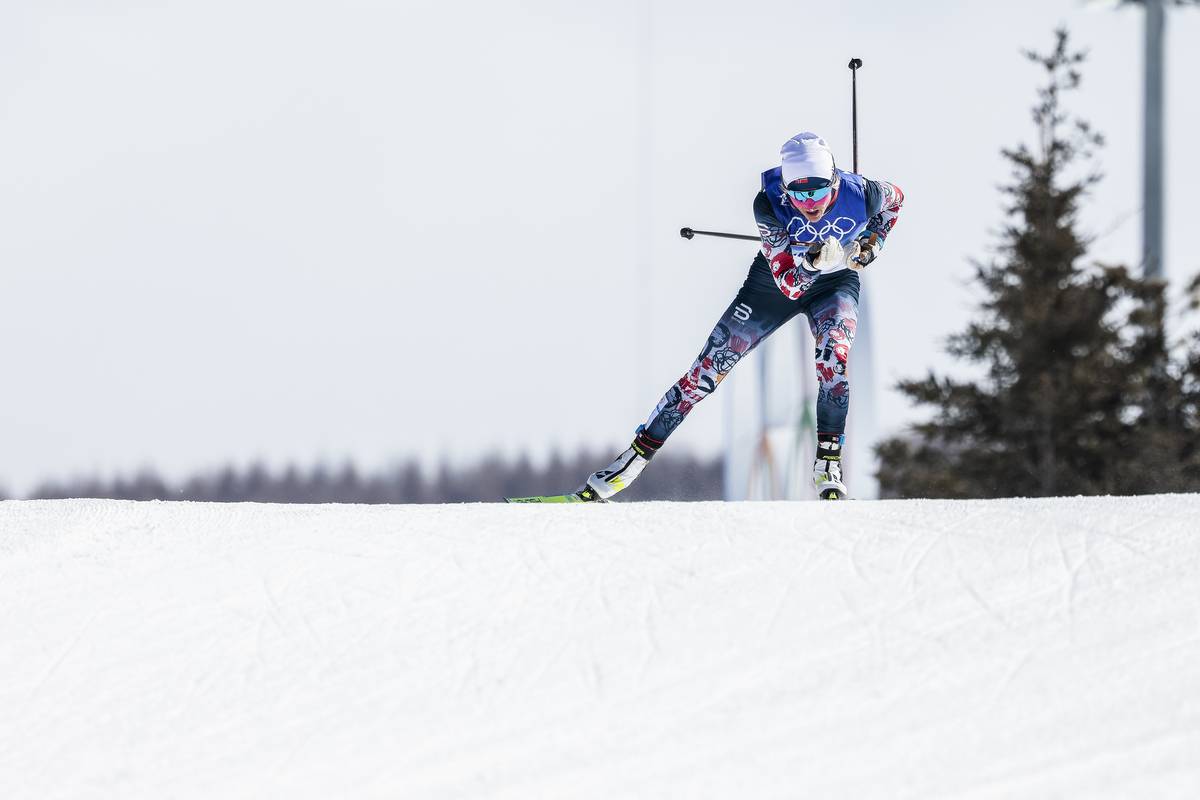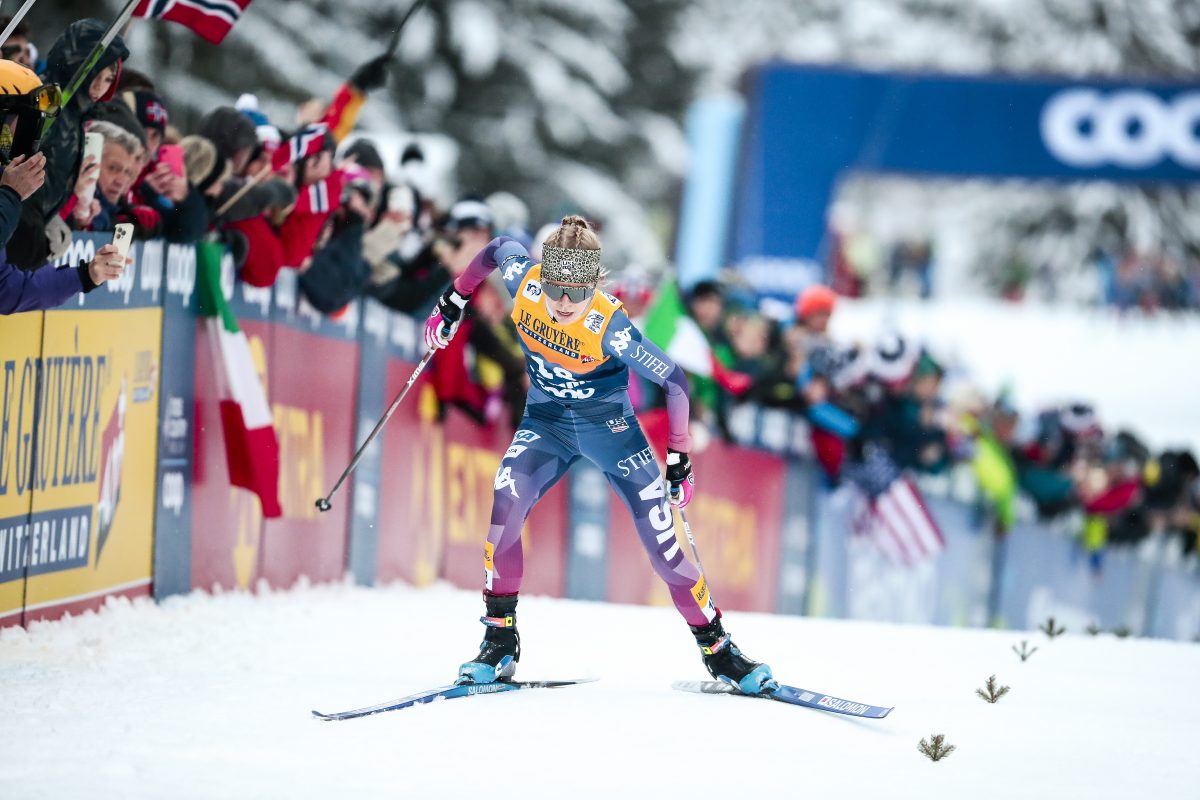Just as rollerskiing simulates skiing, physiology testing replicates, in isolated fashion, the demands of ski racing. For the third and final time this season the US National Sprint, Distance and Continental Cup teams came to Utah for poking, prodding and measurement. According to the USST sport science and coaching staff, fitness, speed and strength continue a positive trajectory.
 with the national team skiers. Trends like these indicate we’re on the right path. So far I’m ecstatic with what I’ve seen. I try to stay low-key and err on the other side of unbridled optimism, but what I’ve seen has only been excellent.</p>
<p>“Last year we learned quite a bit on the training we had to focus on in order to have all our athletes skiing faster. Our test protocol has served a useful purpose, but I’m sure we’ll make changes to our format next season. What these changes will be, I cannot say right now. We’ll look at all the data, compare that to what the results page says at the end of the year and what as coaches we observe, then come up with a better mousetrap to keep our guys and gals headed to the top.â€</p>
<p><BR><center><img decoding=)
FasterSkier
previous
US Continental Cup Team Revises Fall Racing Schedule
next



